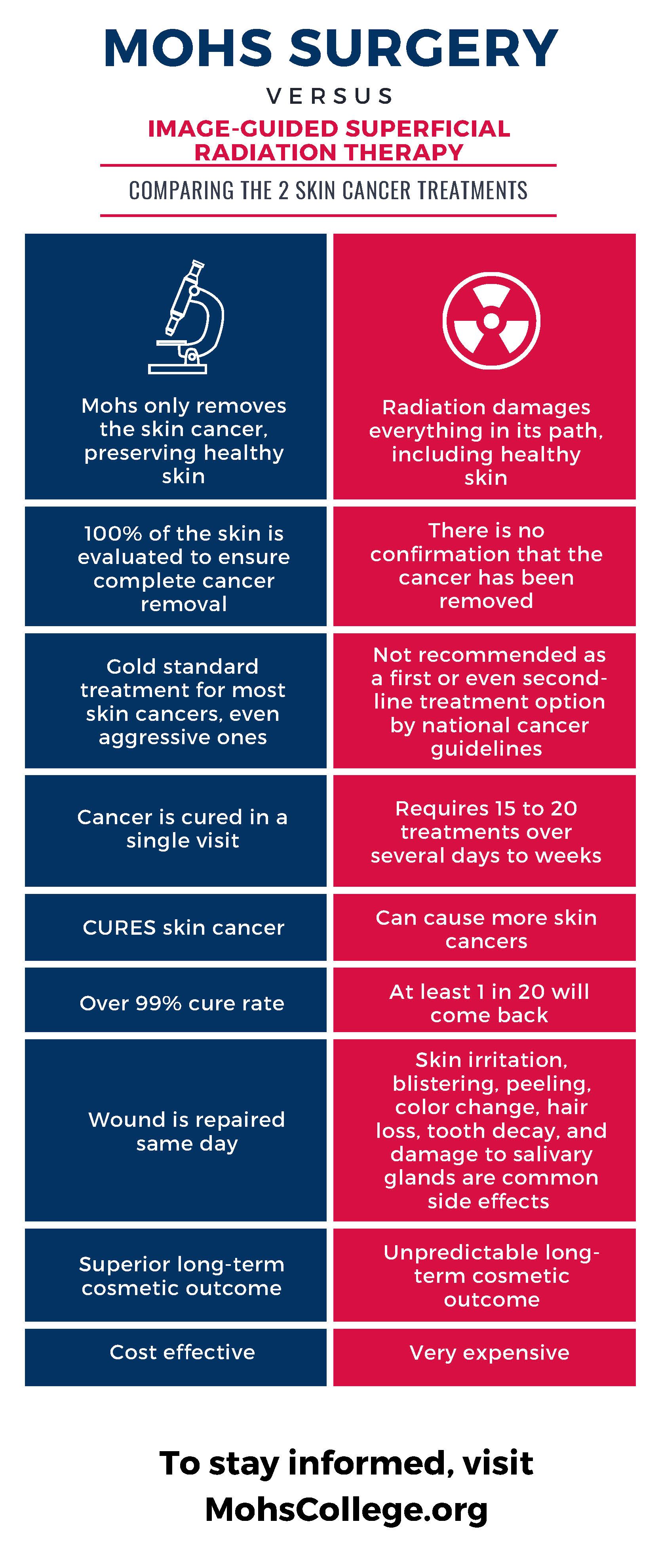Skin Cysts: Causes, Types, and Treatment Insights
Skin cysts are common skin conditions that can manifest as fluid-filled sacs beneath the skin's surface. While often benign, these cysts can be bothersome, causing discomfort or cosmetic concerns.
Causes of Skin Cysts
Skin cysts can arise from different factors, and understanding their causes is essential for proper diagnosis and management. Some common causes include:
- Hair Follicle Blockages: Cysts can form when hair follicles become blocked, preventing the natural shedding of dead skin cells and hair. This blockage leads to the accumulation of keratin, a protein found in skin, resulting in the formation of a cyst.
- Sebaceous Gland Issues: Sebaceous glands produce oil (sebum) to keep the skin lubricated. When these glands become blocked or overproduce sebum, sebaceous cysts can develop.
- Inflammation and Infection: Inflammatory skin conditions or bacterial infections can contribute to the formation of cysts. The body's response to infection or irritation may involve the creation of a cystic structure.
- Genetic Predisposition: Some individuals may have a genetic predisposition to developing certain types of cysts. Understanding family medical history can provide insights into an individual's risk.
Types of Dermatologic Cysts
Several types of skin cysts can occur, each with its own distinct characteristics. Common types include:
- Epidermoid Cysts: Also known as epidermal inclusion cysts, these cysts form when surface skin cells are trapped beneath the skin's surface, leading to the accumulation of keratin. They are typically slow-growing and may be movable beneath the skin.
- Pilar Cysts: Similar to epidermoid cysts, pilar cysts are filled with keratin but are often found on the scalp. They are usually round, smooth, and may be hereditary.
- Milium Cysts: These small, white or yellowish cysts form when keratin is trapped beneath the surface of the skin. They are commonly seen on the face and are often referred to as "milia."
Treatment Options for Cysts
The approach to treating skin cysts depends on factors such as the type of cyst, size, location, and symptoms. Treatment options include:
- Watchful Waiting: Asymptomatic cysts that are small and not causing discomfort may be monitored without immediate intervention.
- Incision and Drainage: A healthcare professional may opt to drain the cyst by making a small incision and expressing the fluid. This is commonly done for inflamed or infected cysts.
- Corticosteroid Injections: In certain cases, injecting corticosteroids into a cyst can help reduce inflammation and promote shrinkage.
- Surgical Excision: Larger or persistent cysts may require surgical removal. This involves excising the entire cyst, including its capsule, to prevent recurrence.
- Laser Therapy: Laser treatment can be used to reduce the size of some cysts or improve their appearance, particularly for certain types affecting the skin.
If you notice the development of a skin cyst or experience symptoms, seeking advice from a dermatologist is recommended. With the right knowledge and guidance, individuals can make informed decisions about the best course of action for their skin cysts, promoting skin health and overall well-being.





